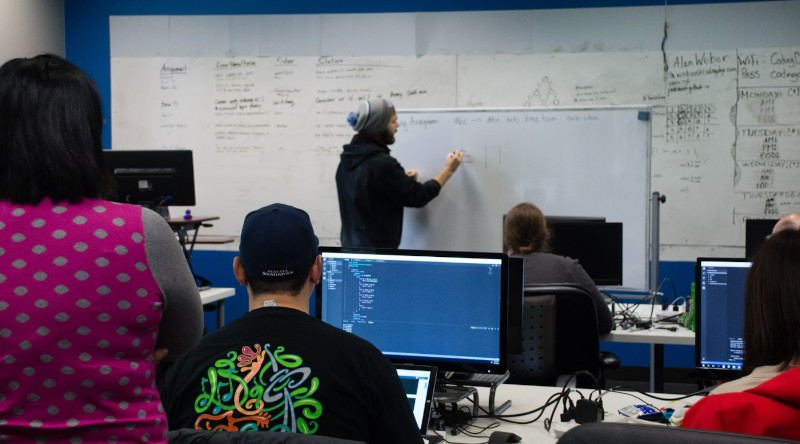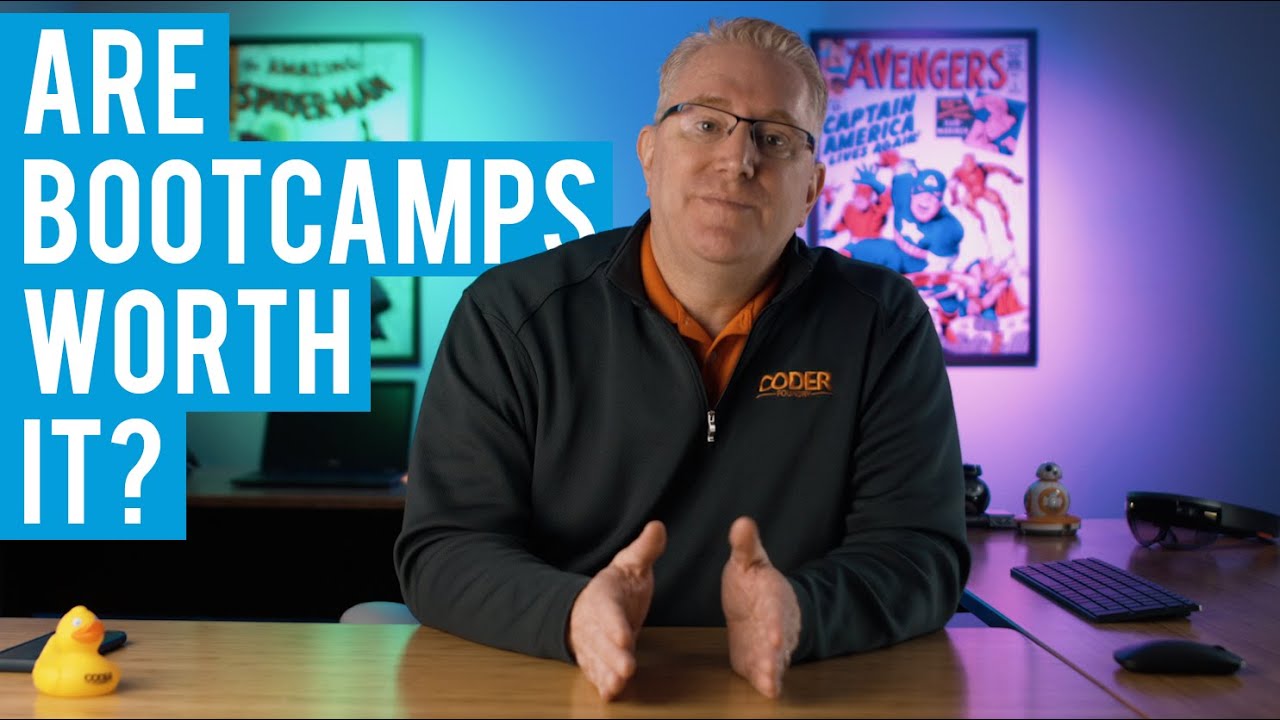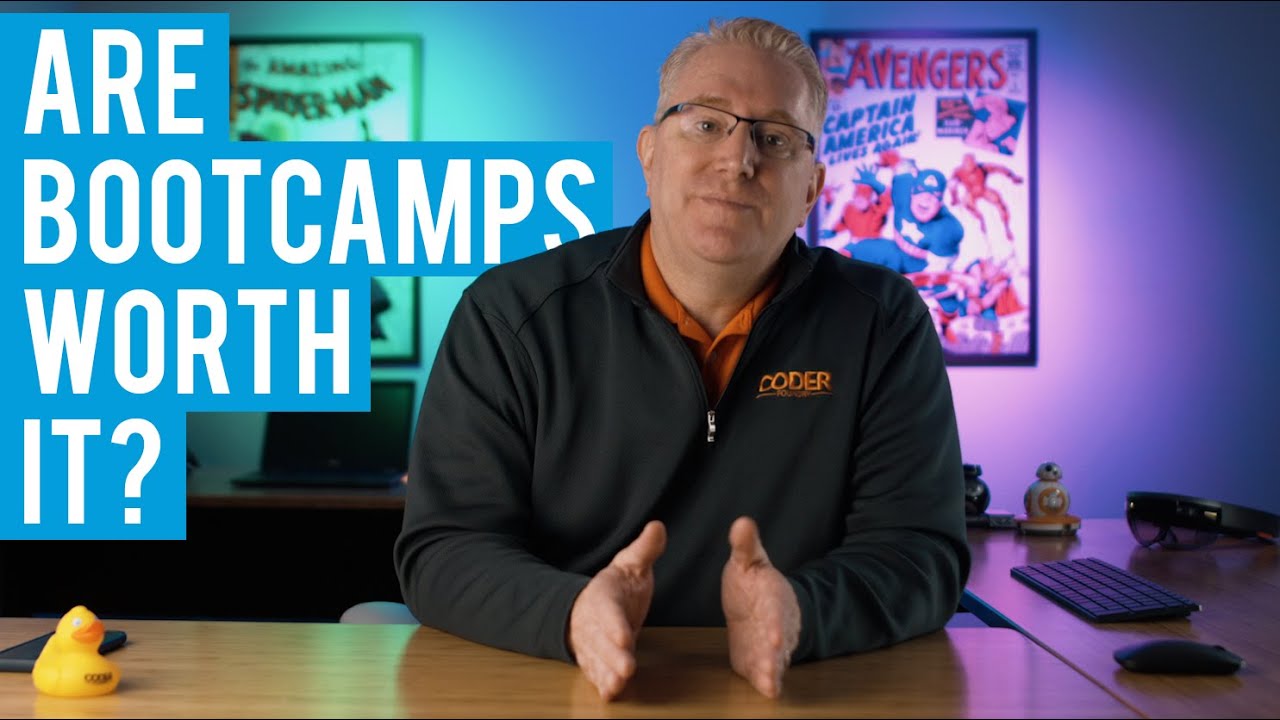Cost and Return on Investment (ROI): Are Coding Bootcamps Worth It 2019

The decision to enroll in a coding bootcamp is a significant financial commitment. Understanding the total cost, potential salary increases, and various financing options is crucial for evaluating the return on investment (ROI). This section will analyze the financial aspects of bootcamps in 2019, helping prospective students make informed decisions.
Bootcamp Costs and Average Starting Salaries
The total cost of a coding bootcamp varies significantly depending on location, program length, and the institution’s reputation. This cost encompasses tuition fees, application fees, living expenses (housing, food, transportation), and potential additional material costs. Equally important is the average starting salary for graduates. A higher starting salary directly impacts the time it takes to recoup the initial investment. The following table presents hypothetical data reflecting the general trends observed in 2019. Note that actual figures varied considerably depending on specific programs and individual student outcomes. This data should be considered illustrative, not definitive.
| Bootcamp Name | Total Cost (USD) | Average Starting Salary (USD) | ROI (Years to Pay Off) |
|---|---|---|---|
| Example Bootcamp A | 15000 | 70000 | 0.21 |
| Example Bootcamp B | 18000 | 65000 | 0.28 |
| Example Bootcamp C | 12000 | 55000 | 0.22 |
Financing Options and Their Impact on ROI
Several financing options existed in 2019 to help mitigate the upfront cost of bootcamps. These included personal savings, loans (both federal and private), income share agreements (ISAs), and employer sponsorship. Each option impacts the overall ROI differently. For instance, loans increase the total cost due to interest, potentially lengthening the ROI period. ISAs, where a percentage of future income is paid back, can reduce the upfront burden but may result in a longer repayment period depending on the graduate’s salary. Employer sponsorship, if available, can significantly reduce or even eliminate the financial burden, leading to a rapid ROI.
Hidden Costs Associated with Bootcamps
Beyond tuition and living expenses, several hidden costs can impact the overall financial picture. These might include career services fees (often charged separately for resume review, interview preparation, or job placement assistance), the cost of purchasing necessary software or hardware, and additional expenses related to relocation or networking events. Failing to account for these hidden costs can lead to an inaccurate assessment of the total investment and, consequently, a miscalculation of the ROI. A realistic budget should incorporate all potential expenses.
Curriculum and Learning Experience

Coding bootcamp curricula in 2019 varied significantly, impacting the learning experience and ultimately, career prospects for graduates. Understanding these differences is crucial for prospective students to make informed decisions. The choice of bootcamp should align with individual learning styles and career goals.
Are coding bootcamps worth it 2019 – A key differentiator among bootcamps was the specific programming languages emphasized and the extent of project-based learning. While many covered the fundamentals of web development (HTML, CSS, JavaScript), some specialized in specific areas like data science (Python, R), mobile development (Swift, Java), or back-end engineering (Node.js, Ruby on Rails). The level of project-based learning also varied, with some bootcamps incorporating projects throughout the curriculum and others focusing primarily on a final capstone project.
Curriculum Comparison: Programming Languages and Projects
The following bullet points highlight key differences in the curricula of various coding bootcamps in 2019. These differences reflect the evolving demands of the tech industry and the varying approaches to skills acquisition.
- Bootcamp A: Focused heavily on front-end development (React, Angular, Vue.js), with less emphasis on back-end technologies. Projects involved building interactive web applications and responsive websites.
- Bootcamp B: Offered a more balanced curriculum covering both front-end and back-end development (Node.js, Express.js, MongoDB). Projects included full-stack applications and APIs.
- Bootcamp C: Specialized in data science and machine learning (Python, Pandas, Scikit-learn). Projects involved data analysis, model building, and visualization.
- Bootcamp D: Emphasized iOS development (Swift, Xcode). Projects consisted of building functional iOS applications.
Hypothetical Bootcamp Curriculum (2019)
This table Artikels a hypothetical bootcamp curriculum designed to address the most in-demand skills in 2019. The curriculum balances foundational knowledge with practical application through project work, mirroring the best practices observed in successful bootcamps of that era.
| Module | Skills Covered | Project Examples | Duration |
|---|---|---|---|
| Web Fundamentals | HTML, CSS, JavaScript, Responsive Design | Basic Website, Landing Page | 2 Weeks |
| Front-End Frameworks | React, Redux | Interactive To-Do List App, Simple E-commerce Page | 3 Weeks |
| Back-End Development | Node.js, Express.js, Databases (SQL, NoSQL) | RESTful API, Simple Blog Application | 4 Weeks |
| Version Control & Deployment | Git, GitHub, Deployment to Heroku/AWS | Deploying a full-stack application | 1 Week |
| Databases and Data Modeling | SQL, NoSQL, Database Design | Building a database for a project, data migration | 2 Weeks |
| Capstone Project | Integration of all learned skills | Full-stack application, data science project, mobile app | 4 Weeks |
Teaching Methodologies, Are coding bootcamps worth it 2019
Coding bootcamps in 2019 employed a variety of teaching methodologies, each with its own strengths and weaknesses. The optimal approach varied depending on the individual student’s learning style and the bootcamp’s overall philosophy.
Instructor-led training was common, providing structured learning and immediate feedback. Self-paced learning offered flexibility but required strong self-discipline. Mentorship programs provided personalized guidance and support, helping students overcome challenges and connect with industry professionals. Many successful bootcamps integrated these approaches, creating a hybrid learning environment.


Tim Redaksi